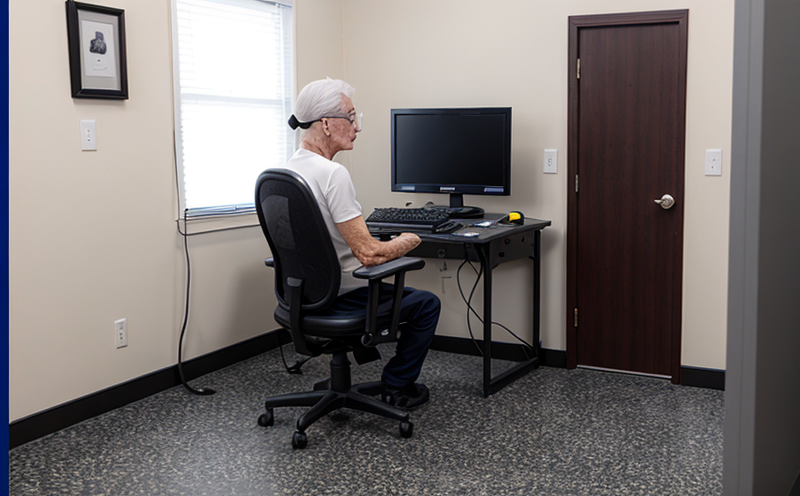NF EN ISO 15797 Industrial laundering durability of protective textiles
The NF EN ISO 15797 standard specifies a method for determining the industrial laundering durability of protective textiles. This testing protocol is crucial in ensuring that personal protective equipment (PPE) remains effective and safe after multiple washings, which are inevitable during use. Compliance with this standard helps manufacturers and suppliers meet regulatory requirements while also enhancing product reliability.
Industrial laundering conditions can significantly affect the performance of PPE. Factors such as temperature, detergent type, washing cycle duration, and drying methods all play critical roles in the durability of these textiles. Understanding how each factor impacts the material's integrity is essential for maintaining the protective properties required by end users.
The testing process involves exposing samples to simulated industrial laundering conditions under controlled laboratory settings. This allows for consistent and repeatable results that can be compared across different products or batches over time. The aim is to replicate real-world scenarios as closely as possible, ensuring accurate assessment of the textiles' resistance against wear and aging.
The standard covers various aspects including sample preparation, washing procedures, drying methods, and evaluation criteria for determining durability levels post-laundering. It also provides guidance on interpreting results based on specified acceptance limits set forth by international standards like NF EN ISO 15797 itself and other relevant specifications.
For quality managers and compliance officers involved in PPE development or procurement, this service ensures that their products meet stringent industry benchmarks. R&D engineers can leverage these insights to optimize new designs for improved longevity without compromising on safety features. Additionally, it aids in selecting appropriate suppliers who adhere strictly to best practices outlined by recognized standards such as NF EN ISO 15797.
| Parameter | Description |
|---|---|
| Temperature Range | 30°C to 60°C depending on specific detergent recommendations. |
| Detergent Type | Suitable for industrial use, ensuring effective cleaning without damaging fibers. |
| Cycle Duration | Standard cycles adjusted according to fabric type and expected wear patterns. |
| Drying Method | Controlled drying conditions simulate typical industrial settings accurately. |
Scope and Methodology
The scope of NF EN ISO 15797 encompasses the evaluation of protective textiles' resistance to mechanical abrasion, chemical degradation, and thermal stress following repeated industrial laundering processes. This includes assessing changes in physical properties such as tensile strength, elongation at break, colorfastness, and overall integrity after multiple washings.
- Sample Preparation: Samples are cut into standardized pieces according to specified dimensions.
- Washing Procedure: Textiles undergo washing cycles consistent with industrial protocols using appropriate detergents and temperatures.
- Drying Process: Samples are dried under controlled conditions that mimic actual industrial drying methods.
- Evaluation Criteria: Various parameters are measured before and after the testing process to quantify any changes resulting from laundering.
Benefits
Compliance with NF EN ISO 15797 ensures that protective textiles maintain their effectiveness and safety even after repeated industrial launderings. This not only enhances user confidence but also supports regulatory compliance, reducing potential legal risks associated with non-conforming products.
From a manufacturing perspective, this service offers valuable data on how different variables affect textile performance over time. Engineers can use these insights to refine design choices and material selections for better durability without sacrificing comfort or functionality.
For procurement teams, knowing that suppliers meet such rigorous standards provides peace of mind regarding the quality and reliability of purchased materials. It also facilitates easier communication with stakeholders about product specifications and expectations during negotiations.
Competitive Advantage and Market Impact
- Earns trust from customers by meeting or exceeding industry standards.
- Supports compliance efforts, reducing potential legal issues related to non-conforming products.
- Facilitates better decision-making regarding material selection and design improvements based on empirical evidence gathered through rigorous testing.





